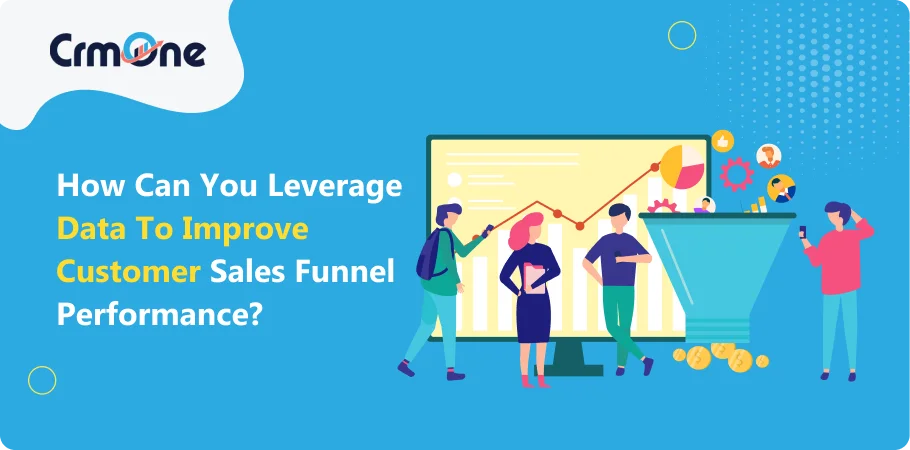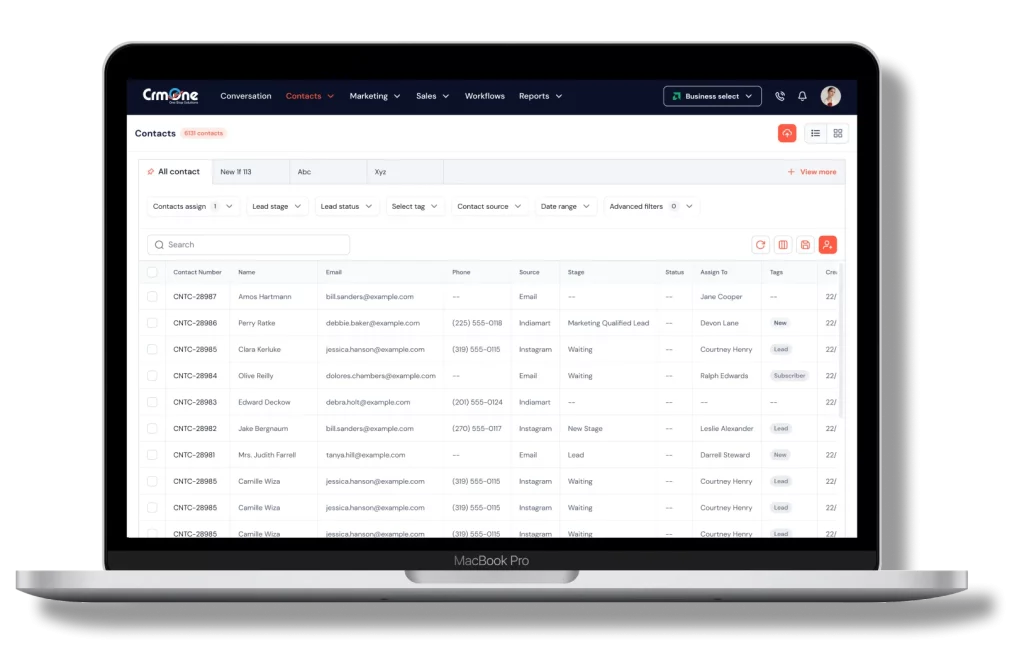
Data plays a crucial role in optimizing customer sales funnel by providing valuable insights into the behaviors, preferences, and needs of prospective customers. Here’s how it contributes at various stages:
Understanding Customer Journey: Customer data helps map out the entire sales funnel stages from awareness to conversion. By analyzing data points such as website visits, interactions with content, and engagement with emails or ads, businesses can understand how prospects move through the sales process.
Segmentation and Personalization: With customer data, sales teams can segment prospects based on demographics, behavior, or past interactions. This segmentation allows for more personalized marketing and sales strategies tailored to specific customer needs, increasing the likelihood of conversion.
Lead Scoring and Qualification: By leveraging customer data, sales teams can implement lead scoring models. This process assigns values to leads based on their actions and characteristics, prioritizing those most likely to convert. It ensures that sales efforts are focused on leads with the highest potential.
Optimizing Content and Messaging: Insights derived from customer data help refine content and messaging strategies across different sales funnel stages. By understanding what resonates with different segments of the audience, businesses can create more relevant and compelling content that moves prospects closer to making a purchase decision.
Improving Conversion Rates: Customer data enables continuous optimization of the sales funnel. By identifying bottlenecks or points of drop-off, businesses can make data-driven adjustments to improve conversion rates. This might include refining calls-to-action, simplifying checkout processes, or addressing common objections.
Forecasting and Strategy Development: Analyzing historical customer data provides insights for forecasting future sales performance. It helps in setting realistic goals, allocating resources effectively, and developing long-term sales strategies that align with customer behavior trends.
Feedback Loop for Continuous Improvement: Customer data creates a feedback loop where insights from sales funnel analytics inform ongoing improvements. This iterative process ensures that the sales funnel evolves in response to changing customer preferences and market dynamics.
Customer journey improve sales funnel performance
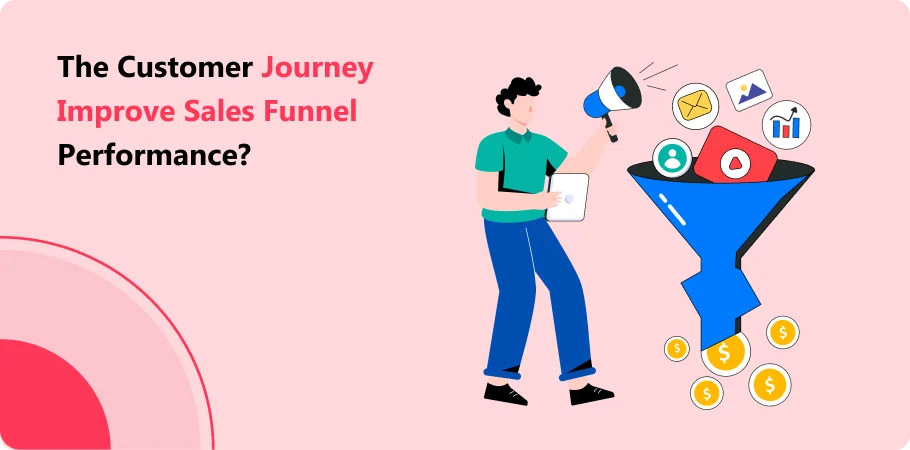
Understanding the customer journey significantly enhances sales funnel performance by aligning sales and marketing strategies with the needs and behaviors of prospective customers. Here’s how it makes a difference:
Targeted Engagement: By comprehending the stages of the sales process that potential customers go through, businesses can tailor their marketing efforts more precisely. This targeted approach ensures that messages resonate effectively at each touchpoint of the sales funnel.
Personalized Interaction: Insight into the customer journey allows sales teams to personalize interactions based on where prospects are in their buying process. Whether they’re in the awareness, consideration, or decision stage, personalized engagement increases the likelihood of conversion.
Optimized Content: Understanding the customer journey informs the creation of content that addresses specific pain points and interests of potential customers. This ensures that content is not only relevant but also impactful in guiding prospects through the sales funnel towards a purchase decision.
Streamlined Sales Processes: With a clear view of the customer journey, sales teams can streamline their processes, reducing friction and optimizing the flow from lead generation to conversion. This efficiency is crucial for maintaining momentum and minimizing drop-offs within the sales funnel.
Improved Lead Nurturing: Knowledge of the customer journey enables more effective lead nurturing strategies. By anticipating needs and providing relevant information at each stage, businesses can build trust and credibility, nurturing leads into potential customers ready to commit.
Data-Driven Decisions: Understanding the customer journey involves analyzing data on interactions and behaviors. This data-driven approach empowers sales reps and marketers to make informed decisions on where to allocate resources, which channels to prioritize, and how to optimize the sales funnel for better results.
Enhanced Customer Experience: A well-understood customer journey ensures a smoother and more satisfying experience for potential customers. This positive experience not only increases conversion rates but also fosters loyalty and advocacy, contributing to a successful sales funnel.
Continuous Optimization: By continuously monitoring and adapting to changes in the customer journey, businesses can maintain an effective sales funnel. This adaptability is key in an evolving marketplace, ensuring that the sales funnel remains relevant and competitive.
Key touchpoints influencing customer decisions in a sales funnel
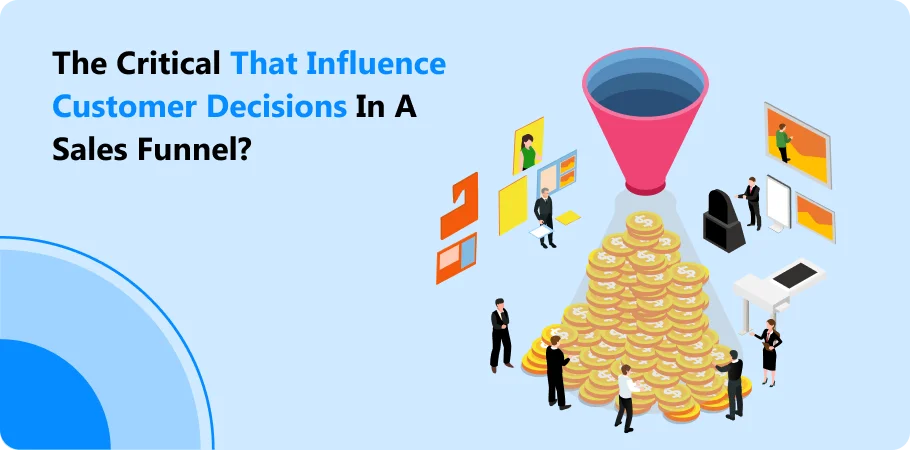
In a sales funnel, several critical touchpoints significantly influence customer decisions, shaping their journey from initial interest to final purchase. Here’s a breakdown of these key touchpoints and their impact:
Awareness Stage: This is where potential customers first encounter your brand or product. Critical touchpoints include:
- Content Marketing: Blog posts, social media content, and videos that capture attention and introduce solutions to pain points.
- SEO Strategies: Organic search results that drive traffic to your website or landing pages.
- Paid Advertising: Targeted ads on search engines or social media platforms that increase brand visibility among the target audience.
Interest Stage: Customers show interest in your offerings. Touchpoints include:
- Lead Magnets: Free resources or webinars that collect contact information for existing customers and prospective customers.
- Email Campaigns: Nurturing leads with relevant content and personalized messages.
- Remarketing: Ads targeting those who have interacted with your brand but haven’t converted yet.
Consideration Stage: Customers evaluate your offerings against competitors. Touchpoints include:
- Product Demos or Trials: Providing hands-on experience with your product or service.
- Customer Reviews and Testimonials: Social proof that influences decision-making.
- Case Studies: Examples of sales success stories and use cases relevant to their needs.
Decision Stage: Customers are ready to make a purchase decision. Touchpoints include:
- Consultations or Sales Calls: Direct engagement with your sales team to address specific questions or concerns.
- Offers and Discounts: Incentives that encourage immediate action.
- Customer Support: Responsive assistance that builds confidence in post-purchase support.
Retention Stage: Ensuring customer satisfaction and loyalty. Touchpoints include:
- Onboarding Process: Smooth integration and training for new users.
- Customer Feedback: Surveys or reviews that gather insights for improvement.
- Upselling and Cross-selling: Additional products or services that meet ongoing needs.
Throughout the sales process, these touchpoints are strategically managed to guide prospects through the sales funnel. Utilizing a free sales funnel template or sales funnel website helps businesses map and optimize these touchpoints for maximum effectiveness. Recognizing the importance of each touchpoint in the sales pipeline ensures a cohesive and persuasive journey from the top to the bottom of the funnel.
How can data analytics identify and address customer pain points in the funnel?

Data analytics is essential for optimizing the sales funnel. It helps sales teams identify and address potential customer pain points at every stage—from the top to the bottom of the funnel. By analyzing customer interactions and behaviors, businesses can personalize their approach, optimize the sales pipeline, and improve customer retention.
This data-driven approach ensures that businesses continuously refine their own sales funnel, enhancing sales funnel important outcomes and overall sales funnel process efficiency.
What strategies effectively personalize the sales funnel experience based on customer data?
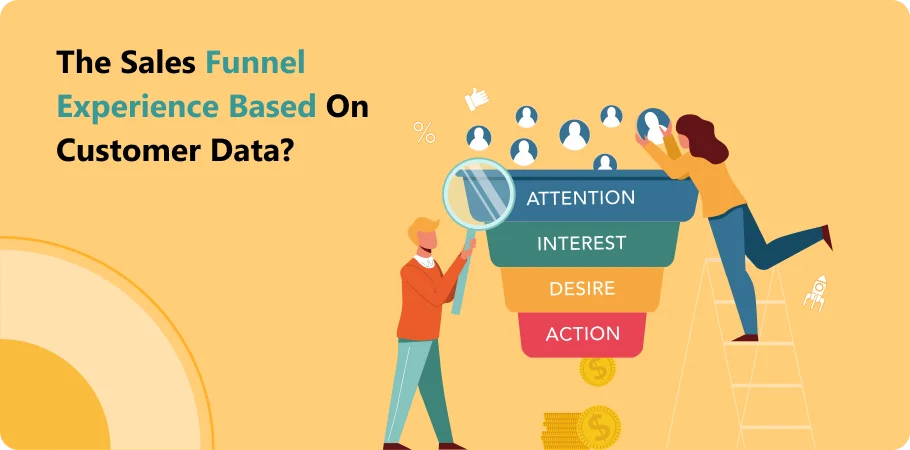
Creating a personalized sales funnel experience based on customer data involves strategic approaches tailored to meet their needs at every stage of the sales cycle:
Segmentation:
Divide your audience into segments based on demographics, behavior, or preferences identified through data analysis. This allows your sales team to tailor messages and offers that resonate with each segment, enhancing engagement throughout the sales funnel.
Behavioral Targeting:
Use data to track customer actions and preferences. By understanding what interests them, sales reps can deliver personalized content and recommendations, guiding prospects through the defined sales funnel effectively.
Dynamic Content:
Implement strategies that adjust content based on customer interactions. This includes personalized emails, website content, or product suggestions in real-time, ensuring relevance at each touchpoint in the sales cycle.
Predictive Analytics:
Anticipate customer needs using predictive analytics. By identifying trends in data, businesses can engage customers with timely offers and solutions before they reach critical stages in the sales funnel.
CRM Integration:
Integrate CRM systems with your sales funnel processes to track interactions and personalize follow-ups. This holistic view enables targeted nurturing strategies that convert leads into paying customers.
Feedback Loop:
Continuously gather and analyze customer feedback to refine personalization strategies. Adapt your high-quality sales funnel based on insights to improve customer satisfaction and retention.
How does leveraging customer data enhance the targeting of marketing campaigns?

Leveraging customer data enhances the targeting of marketing campaigns by providing insights that optimize each stage of the traditional sales funnel. Here’s how it works:
Book a CrmOne Demo
Experience the CrmOne simplicity and power. Our experts will show you the best ways to use it and answer your questions in real time. See how CRMOne fits your needs.
Personalized Messaging:
Customer data allows marketers to tailor messages and offers that resonate at the sales funnel begins and throughout the middle of the funnel. Understanding customer preferences improves relevance and engagement.
Segmentation:
Data segmentation helps identify loyal customers and prospects with potential high customer lifetime value. This allows for targeted strategies that nurture relationships and drive conversions.
Optimized Campaigns:
Insights from customer data guide the creation of effective landing pages and content that generate leads. By aligning with the company’s sales model, campaigns are better positioned to convert leads into customers.
Refined Marketing Funnel:
Understanding customer behavior refines the marketing funnel. From awareness to purchase, data-driven adjustments improve efficiency and effectiveness across all stages.
By integrating customer data into campaign strategies, businesses can create a more efficient and personalized journey, enhancing overall sales funnel performance.
What content strategies are most effective in optimizing the awareness stage using data?
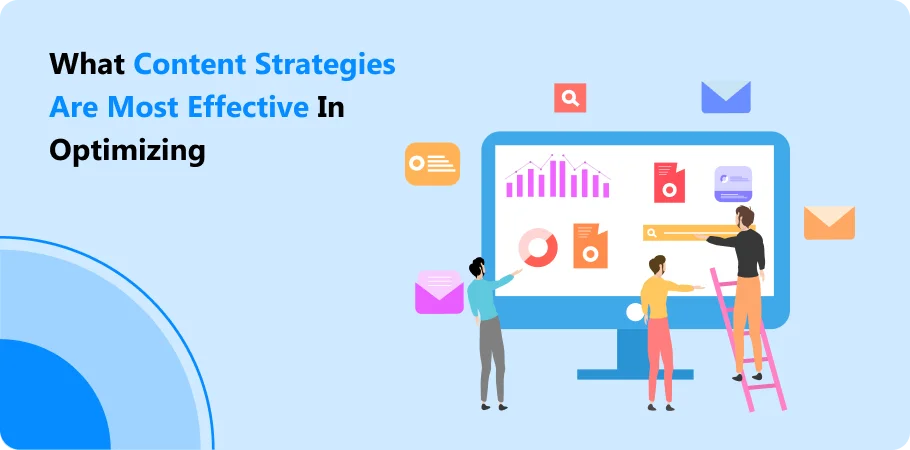
Creating a well-defined sales funnel is crucial for business growth. At the top of the funnel, a compelling landing page is essential to attract and capture contact details of potential customers, creating a sales funnel that guides them through each funnel stage. This process helps convert leads into qualified leads, fostering customer loyalty along the way.
A good sales funnel not only generates leads but also nurtures them effectively. Understanding how a sales funnel works is key for optimizing strategies and maximizing results, ensuring that the marketing team can focus on driving business growth effectively.
How can data-driven lead nurturing techniques increase engagement with prospects?
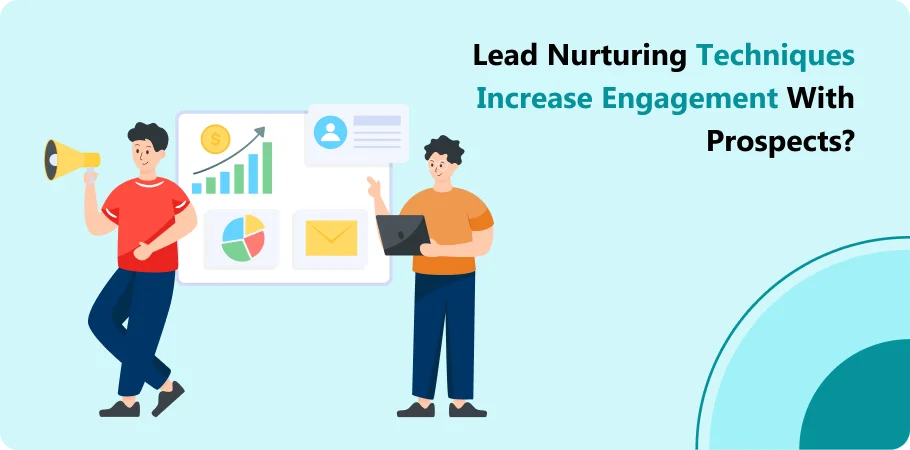
Data-driven lead nurturing increases engagement by personalizing interactions and optimizing each funnel stage. Here’s how:
Personalized Content: Tailor content based on prospect data to ensure relevance at the top of the funnel and middle of the funnel.
Targeted Landing Pages: Design specific landing pages that address prospect needs, converting visitors into qualified leads.
Automated Emails: Use data to segment your audience and create automated email sequences that nurture leads through the sales funnel.
Behavioral Triggers: Implement triggers for timely follow-ups based on prospect actions, enhancing engagement.
A/B Testing: Continuously test and optimize content to identify what works best at different stages of the sales funnel.
CRM Integration: Use CRM data to tailor follow-ups, ensuring smooth sales funnels work.
By leveraging these techniques, businesses can create a sales funnel that effectively engages and converts prospects, demonstrating how a sales funnel helps drive better results.
What are proven data-backed strategies for improving lead conversion rates?
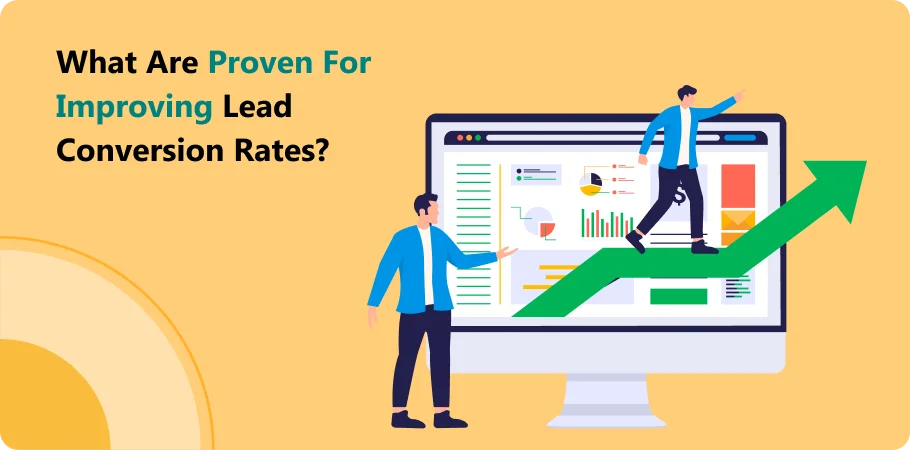
Proven data-backed strategies for improving lead conversion rates include:
Refined Sales Pitch: Use data to tailor your sales pitch to address the specific needs and pain points of your target customers and potential buyers.
Sales Alignment: Ensure sales alignment between marketing and sales teams to provide a cohesive message and approach, enhancing the chances to convert prospects.
Timely Follow-Ups: Follow up with leads within the next few weeks to keep them engaged and move them towards conversion.
SEO Optimization: Optimize your sales pages and content for relevant keywords to attract more qualified leads through Google search.
Customer Testimonials: Showcase testimonials from happy customers to build trust and credibility with future prospects.
These strategies leverage data to improve targeting and engagement, effectively converting leads into customers.
How does analyzing customer needs shape the design of effective sales funnels?
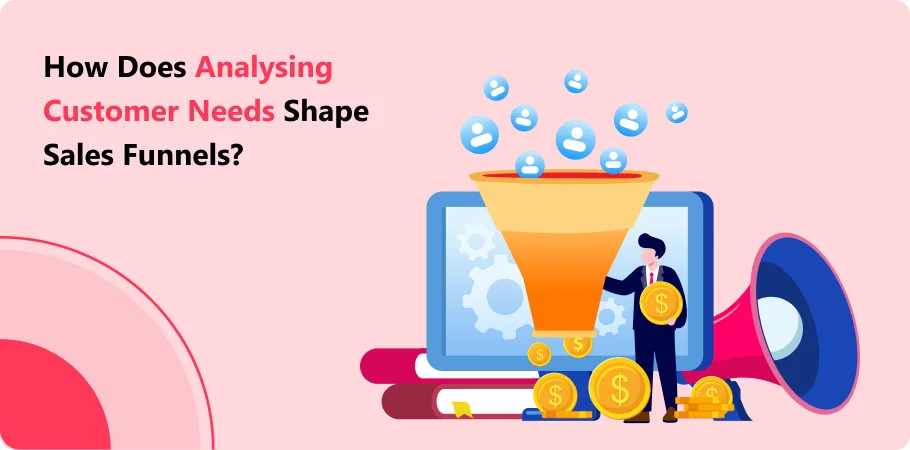
Analyzing customer needs shapes the design of effective sales funnels by ensuring each stage addresses specific pain points and motivations. Here’s how:
Identifying Customer Touchpoints: Understanding key customer touchpoints helps map out the customer’s journey, ensuring the funnel addresses their needs at each stage.
Engaging Content: Create content that captures the audience’s attention and moves qualified prospects closer to an actual purchase.
Personalized Experiences: Tailor the funnel to guide prospects through their purchasing decision, leading to higher conversion rates.
Sales Funnel Examples: Analyze successful sales funnel examples to understand best practices and apply them to your product or service.
Final Steps: Ensure the funnel finally leads to new customers making a purchase, demonstrating its effectiveness.
By focusing on customer needs, you can create a sales funnel that effectively converts prospects, enhancing the overall buying experience.
How does behavioral data contribute to predictive modeling for sales funnel optimization?

Behavioral data significantly contributes to predictive modeling for sales funnel optimization by providing insights into customer actions and preferences. Here’s how:
Refining Landing Pages:
Analyzing behavioral data helps optimize the landing page, ensuring it effectively captures and retains visitor interest, leading to more conversions.
Predicting Funnel Progression:
Behavioral patterns indicate how long a sales funnel takes to move a prospect from awareness to purchase, allowing for more accurate forecasting and resource allocation.
Personalized Recommendations:
Data on user interactions with a product or service enables the creation of personalized content and offers, improving the chances of moving prospects through the funnel efficiently.
By leveraging behavioral data, businesses can enhance their sales funnel, leading to better-targeted strategies and improved conversion rates.
What are the benefits of segmenting customers through advanced data analysis?
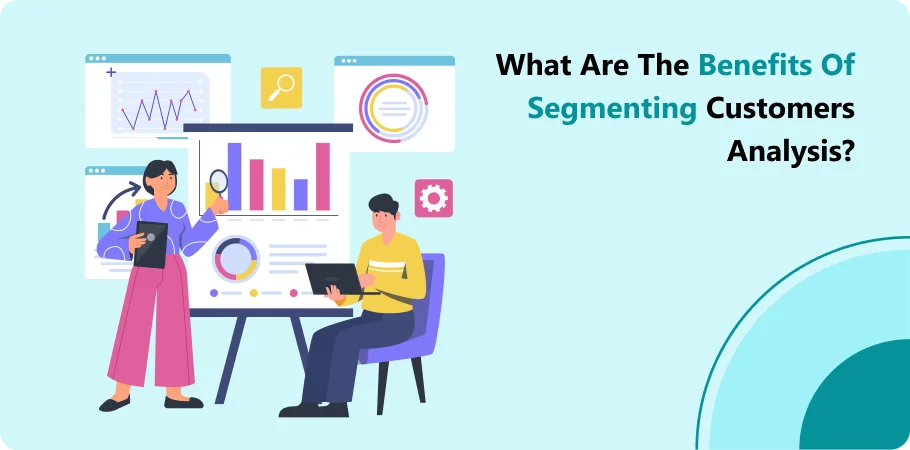
Segmenting customers through advanced data analysis offers several benefits:
Personalized Marketing:
Tailor messages and offers to specific segments, increasing engagement and conversion rates.
Improved Targeting:
Identify high-value segments and focus efforts on those most likely to purchase your product or service.
Optimized Sales Funnel:
Refine each stage of the sales funnel, from landing page to final conversion, ensuring it aligns with the needs and behaviors of different customer groups.
Resource Allocation:
Allocate marketing and sales resources more efficiently based on segment potential.
Enhanced Customer Retention:
Develop targeted strategies for different segments to improve loyalty and lifetime value.
By leveraging advanced data analysis, businesses can effectively segment customers, driving better marketing performance and overall sales funnel efficiency.
Conclusion
Leveraging customer data is pivotal for optimizing sales funnels and enhancing overall performance. By understanding the customer journey, segmenting effectively, and personalizing interactions, businesses can streamline processes and improve conversion rates.
Data-driven strategies not only refine content and messaging but also enable continuous optimization of the sales funnel, ensuring it remains adaptive to customer preferences and market dynamics.
Integrating tools like CrmOne further enhances these efforts by centralizing data management and facilitating targeted customer engagement, ultimately driving sustained business growth.
Get started for Free
Start for free today. Boost your sales by clicking the Get Started button. With CRMOne, you can manage leads, sales, and customer service all in one place.
